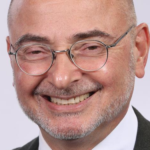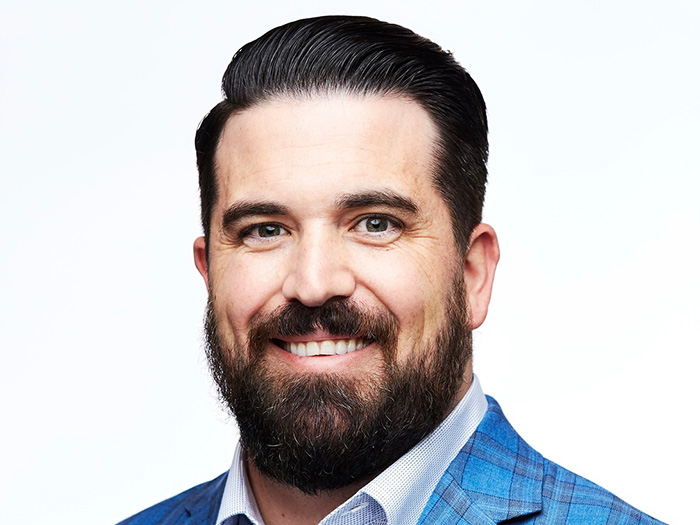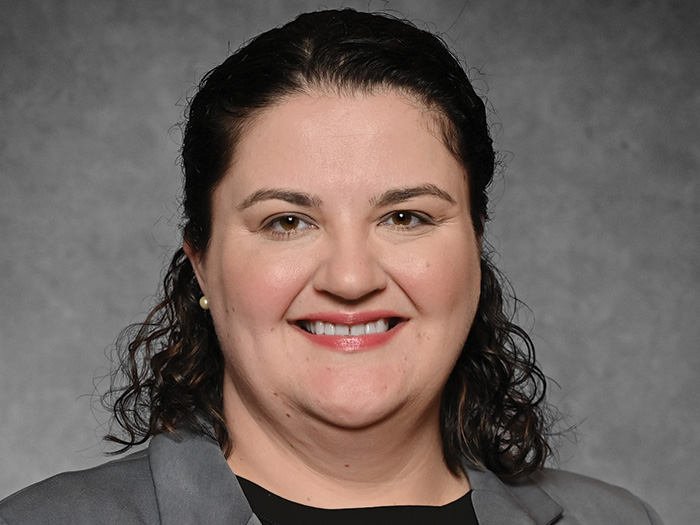Sleep-Deprived Shift Workers Three Times More Likely To Crash, Study Finds

A new University of Missouri study confirmed that sleep disorders elevate crash risk in drivers, especially workers with shift worker sleep disorder (SWSD) who were almost three times more likely to crash than other drivers.
Older drivers with SWSD were at even greater risk.
Drivers with sleep apnea and insomnia were 29 and 33% more likely to crash or almost crash, respectively, than the control group of about 4,000 volunteers around the country.
The human — and insurance — costs are high.
The National Highway Traffic Safety Administration reported 91 thousand crashes involving drowsy drivers in 2017, which killed about 800 people and seriously injured another 50,000.
About 16% of Americans are “shift workers,” working outside the traditional 8 a.m. to 5 p.m. workday. This is the group with the highest crash rate.
The Cleveland Institute estimates that 10 to 40% of shift workers have SWSD. This could be a liability problem for employers, said John Tucker, a personal injury attorney with Kaplan Attorneys, PC, New York.
“Respondeat superior is a common avenue when … a trucking company ‘encourages’ its drivers to disregard federal safety guidelines that limit consecutive hours behind the wheel of a big rig, resulting in a driver-induced wreck after they nod off at 60 mph from driving 18 straight hours,” Tucker noted.
The Federal Motor Carrier Safety Administration imposes driving hours and rest restrictions on commercial truck drivers. Electronic logging devices have been required since 2017, making falsification of driving hours and breaks difficult.
The Financial and Personal Toll of Drowsy Driving
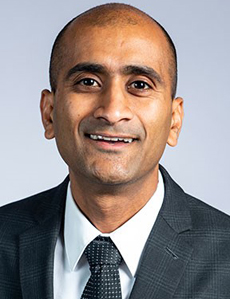
Dr. Praveen Edara, study co-author, University of Missouri
An example of drowsy driving imprinted on the nation’s collective memory is the 1 a.m. truck accident that killed James — Uncle Jimmy Mack — McNair and seriously injured comedian Tracy Morgan in 2014.
A Wal-Mart truck driver who had not slept for more than 24 hours hit their limousine after a show in Atlantic City. The driver’s fatigue, exacerbated by his decision to drive 12 hours to work before his 14-hour shift, probably caused the crash, according to the National Transportation Safety Board (NTSB).
The truck driver pled guilty to second-degree vehicular homicide and four counts of third-degree aggravated assault. Wal-Mart settled for millions with Morgan, then received a considerable amount back from XL Insurance.
In a few states, including Arkansas and New Jersey, drowsy driving that causes a fatal crash is a felony, and a handful more have introduced such measures. Conviction can be tricky because “when a fatigued driver is stopped by police, adrenaline usually kicks in and he doesn’t appear to be sleepy,” according to a Pew Trusts article.
Most courts don’t hold employers liable for injuries sustained in sleep-related crashes when employees drove to or from work, according to the Federal Motor Carrier Safety Administration.
However, a few courts have held employers liable based on “special hazard” exceptions — when an employer exposes an employee to a foreseeable risk of a fatigue-related motor vehicle crash by scheduling unusually long shifts or deriving special benefits from the employee’s behavior outside of work.
Tucker cited two 2017 train accidents at Brooklyn’s Atlantic Terminal and New Jersey’s Hoboken caused by engineers who suffered from sleep apnea.
“The NTSB saw both as foreseeable occurrences and encouraged more stringent sleep apnea screenings by these transportation providers,” he said.
Exactly how claims like these will determine employer liability is unclear, according to Tucker, “but the door is open.”
Countermeasures Can Be Taken
Dr. Praveen Edara, a co-author of the University of Missouri study, sees incentives as better devices to reshape drowsy driving behavior than legislation, even though the financial rewards of taking risks may still exceed the deferred rewards of a strong safety culture.
Employers might take a page from insurers’ books, he said, and offer cash incentives or reduced premiums to workers who demonstrate consistent safety habits.
Edara suggested countermeasures against drowsy driving could include naps before hitting the road after a night shift in employer-provided nap areas, employees’ own cars or rest areas on the highway.
Although motor carrier associations do not currently require screening for obstructive sleep apnea, that could reduce the number of drowsy drivers, Edara said, and then treatment could follow for those who showed symptoms.
Some companies that require employees to drive at night have extensive — and sometimes expensive — safety protocols. For example, the German-based Flixbus, which operates passenger busses in Europe and North America, not only exceeds all local regulations but requires two drivers on board for routes between midnight and 6 a.m., said Charles Mouton, head of safety, FlixMobility.
Drivers switch every two hours between driving and resting.
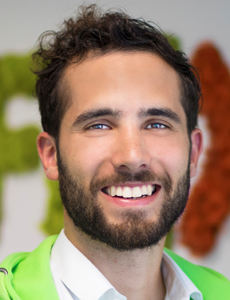
Charles Mouton, head of safety, FlixMobility
In addition, Flixbus requires a minimum age and experience for night drivers that exceeds local laws.
It imposes “extra training on the signs and symptoms that can lead to risky situations,” Mouton said. “We raise the bar on night drivers.”
Flixbus drivers and their fleets are contracted with local companies. Fleets are equipped with safety equipment such as blind spot detection, emergency and lane assist alerts and GPS systems that track speed, encouraging compliance with local speed limits.
How Training and Technology Can Improve Outcomes
Not all are on board with the treatment of night driving as a risk requiring extraordinary management measures. After 100 years of operation and about three billion driving miles per year with less than one accident per million miles, UPS “sees no correlation between night driving and an increase in crashes,” said Dan McMackin, press relations manager, UPS.
“Our night drivers sleep during the day.”
UPS’s secret sauce, he said, is training.
The company spends $200 million per year on safety training, which stresses the need for eight hours of sleep, proper nutrition and exercise to “stay fit for the job.”
UPS employs more than 10,000 who have driven for 25 years or more without an accident, which vindicates the strategy, McMackin said.
During his own decade as a shift worker, McMackin “focused on getting the right amount of sleep, knowing I had to be alert to do my job properly. Personal responsibility figures into the safety equation.”
Depending on the study being reviewed, drowsy driving is usually attributed to 5 to 10% of crashes, said Becca Weast, research scientist for the Insurance Institute for Highway Safety.
In the future, she said, as vehicles become more automated, interventions for drowsy driving could reduce those numbers.
Those systems will track lane departures; if the number crosses a set threshold, the system will assume the driver is falling asleep.
“Then you’d get an annoying beep or vibration to bring you back,” Weast said. Some “smarter” systems will learn a normal driving style and judge that the driver is drowsy or distracted when it detects deviations.
However, she warns of over-reliance on technology and prefers instead a workplace culture where employers value their workers’ safety enough to provide nap spaces, and where workers don’t fear punishment if they nap on the job. &

